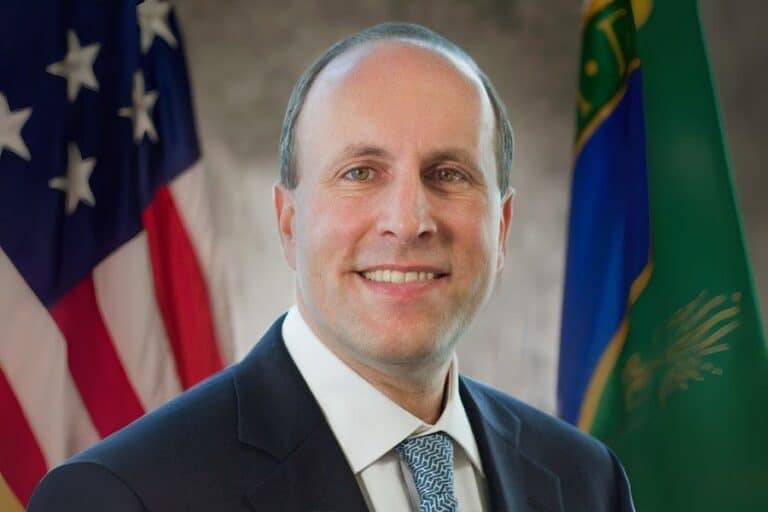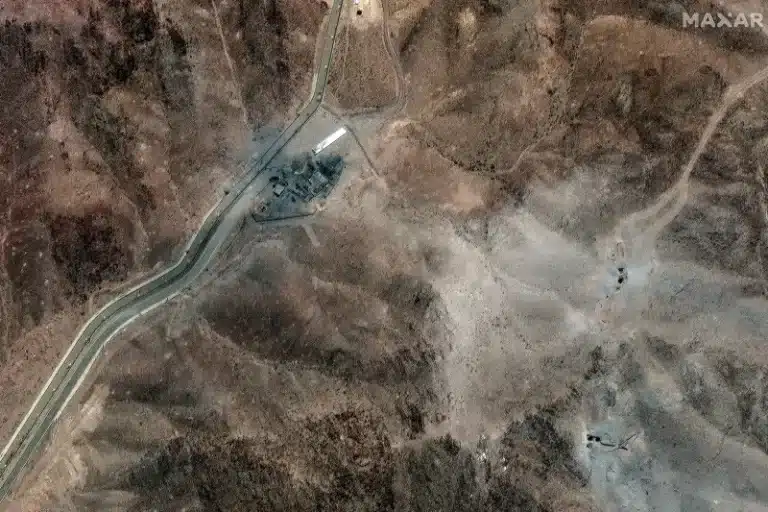The offshore wind energy industry is on the cusp of breaking out in the U.S., with the government anticipating 2,000 turbines with 22 gigawatts of capacity in federal waters in the Atlantic Ocean over 10 years.
In this episode of Columbia Energy Exchange, host Bill Loveless is joined by Thomas Brostrøm, whose company is a leader in the industry around the world. Thomas is the president of Ørsted North America and CEO for Ørsted U.S. Offshore Wind. He joined Bill from Boston to talk about plans that Ørsted Energy has to build wind farms in waters up and down the U.S. East Coast.
All told, Ørsted has 10 offshore wind farms in the U.S., including ones in Rhode Island and Virginia that are the first to operate in this country.
Throughout the world, Ørsted has built more offshore wind farms than any other developer. By 2022, it expects to expand its offshore wind capacity to nearly 10 gigawatts, with projects in the U.S., Europe and Asia.
This from a business once known as Danish Oil and Gas Company. Thomas and Bill talk about the transition that Ørsted has undergone in recent years and whether it serves as a model for other fossil fuel companies looking to move into greener forms of energy.
They also look at the policy and economic factors promoting investments in U.S. offshore wind by Ørsted and other companies, the economic development that could accompany the industry’s emergence here, and the challenges it faces in moving ahead.
Prior to joining Ørsted, Thomas was in the investment banking and venture capital business.









